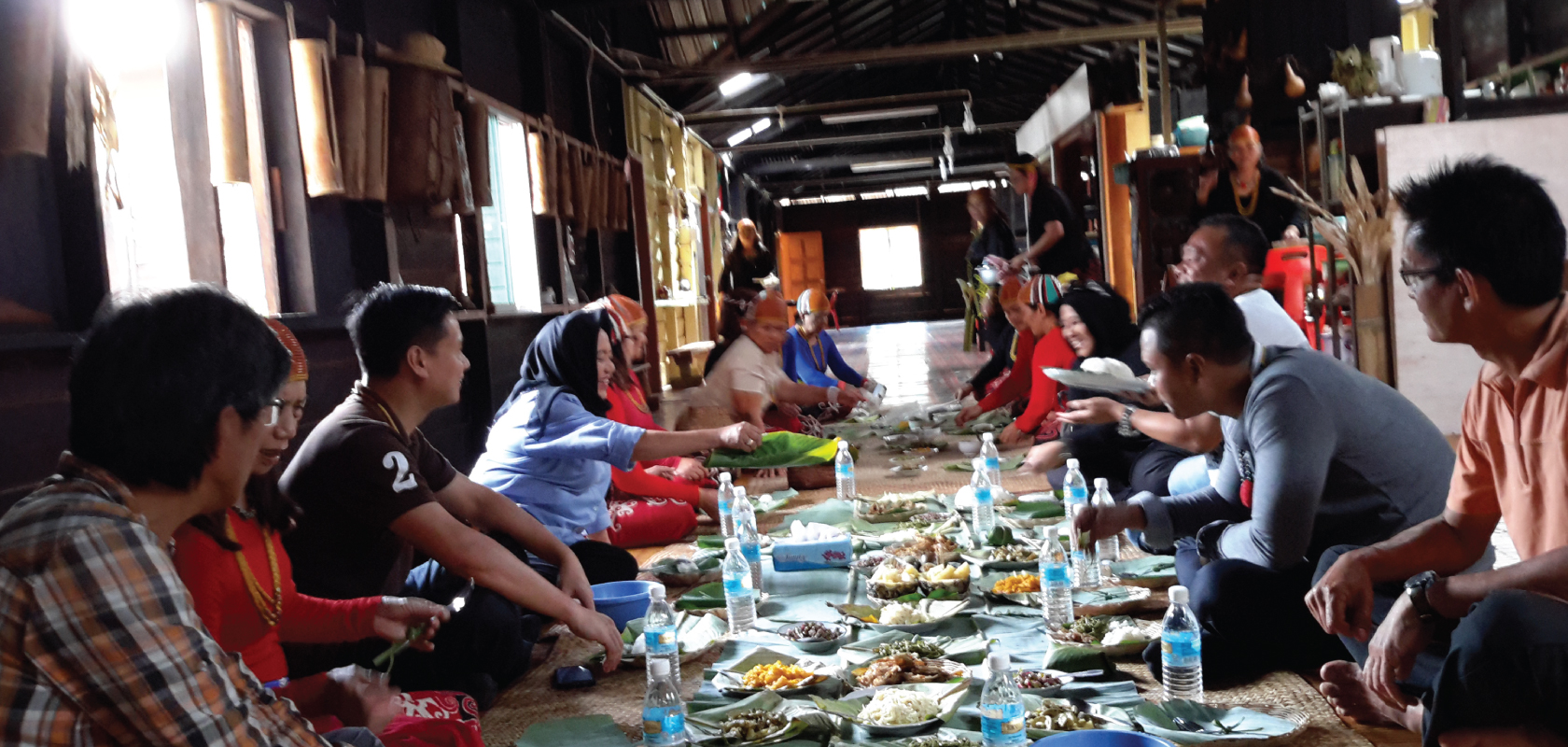Stepping back in history in the Kelabit Highlands
Borneo, the largest island in Asia and the third largest in the world, may be known for its rugged landscapes, ancient rainforests and exotic beaches, but the otherworldly island is also home to a number of indigenous people that still exist in tribal groups to this day. Collectively known as Dayaks, the different tribes each retain their own customs, culture, languages and laws.
Kelabit is a highland plateau and home to the indigenous Kelabit tribe, one of the smallest tribes in Borneo. Famous for their hospitality, elongated earlobes and friendly demeanour, the Kelabit are often considered some of the friendliest people in Malaysia. Other tribes, such as the Lun Bawang, living predominantly around Ba’ Kelalan, also live in the area and together are called the “Orang Ulu” or “People of the Highlands”. Orang Ulu people were traditionally animist but converted to Christianity after the war. Many of the tribes’ ancient traditions, such as burial rituals, disappeared though some ossuaries used in funeral processes and rock carvings can be still found. The Orang Ulu women are famous for their earlobes. The long ears are a ‘jewel’ used to attract potential suitors for marriage. Today, the majority of the native people are farmers and rice produced in the area is considered some of the finest in the world with its soft texture, fine grains and splendid taste.
The Kelabit speak their own tribal language, but many have learned to speak Malay and English as well making it easier for travellers to explore the region and connect with the local people.
Hidden from the outside world until World War II, when Australian and British troops used the settlements as bases in their fight against the Japanese, the Kelabit Highlands are located along the border of Kalimantan, 100 kilometres southeast of Gunung Mulu and deep in the interior of the island.
Here, far from the modern world, visitors can encounter an unspoilt land with a refreshing climate, jungle paths, lush paddy fields and occasional wildlife. Of course, as with any place, it’s the people that truly make it memorable and meeting with the Orang Ulu make any experience in the Kelabit Highlands even more memorable.
Interested in exploring the Kelabit Highlands? Consider our three-day tour through Bario Valley to become more familiar with some of the 17 villages in the region.
What to Know Before Visiting the Kelabit Highlands
- The best time to visit the Kelabit Highlands is between March and September.
- The weather is usually pleasant in Kelabit with warm and humid days, and chilly and refreshing nights
- The Kelabit Highlands can be reached by small propeller planes from Miri that fly into Bario or Ba’ Kelalan
- Bario and Ba’ Kelalan are the region’s most visited places and ideal departure points for long treks in the jungle, journeys to the countryside and longhouse visits
- Other noteworthy villages are Pa’ Umor (about an hour walk from Bario), the relatively untouched Pa’ Lunga with its 100 inhabitants and Ba’ Kelalan
- Adventurous travellers may want to conquer the peaks of Gunung Murud, Sarawak’s highest mountain with a peak of 2,423 metres


